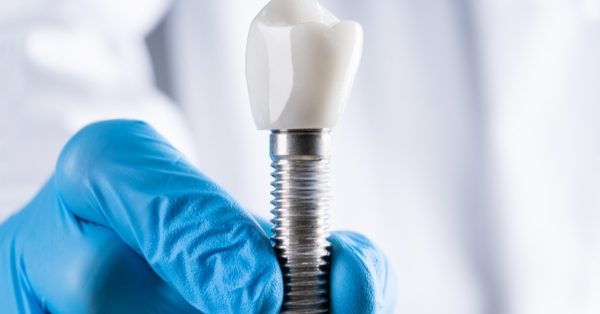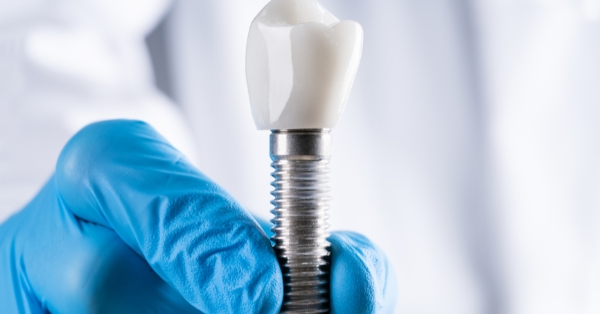Cylindrical implants play a crucial role for dentists seeking to offer their patients high-quality dental restoration solutions. Their uniform shape facilitates easier insertion and better adaptability within the jawbone, promoting a more stable foundation for crowns, bridges, or dentures. Particularly, their design is beneficial for patients with specific bone densities, making them a versatile option in various dental implant procedures.
The cylindrical shape also tends to allow for a more predictable osseointegration process, which is crucial for the longevity and stability of the implant. For dentists, this can mean reduced procedure times, decreased risk of complications, and ultimately, improved patient satisfaction.
Cylindrical implants have emerged as a pioneering solution in the field of dental prosthetics. With their unique design and unparalleled stability, they are becoming a staple for dentists and oral surgeons aiming to provide the best possible care for their patients. Here’s why you should be considering the switch to cylindrical implants in your practice.
Advantages of Cylindrical Implant Design
There are several advantages to using cylindrical implants over other types of dental implants. These include:
-
Primary Stability in Bone
One of the most notable advantages of cylindrical implants is their capability to provide exceptional primary stability in the bone. Their straight design allows for a more rigid integration with the surrounding bone tissue, which means less reliance on secondary stabilizing methods such as wider apical sections or secondary screw channels. This not only simplifies the placement procedure but also enables immediate loading, where suitable, for faster patient recovery and improved outcomes.
-
Stress Distribution and Reduced Bone Loss
The even distribution of stress onto the bone yields another significant benefit. Cylindrical implants, when properly placed, can help prevent bone resorption by minimizing micro-movements that can lead to localized stress and subsequent bone loss. This stability is critical for long-term success, as it enhances the body’s natural response to the implant, providing support and encouraging osseointegration.
-
Versatility in Bone Quality
Cylindrical implants demonstrate a high degree of versatility in various bone densities. Their simple, uniform shape means they can be used in situations where bone quality may not be ideal, assisting in augmentation procedures and in cases of compromised bone structures. With the capability to decrease the extent of necessary grafting and minimize surgical invasiveness, cylindrical implants can be more forgiving in clinical situations.
Comparison to Other Implant Shapes
While cylindrical implants offer many benefits, it’s worth noting that they are not the only type of dental implant available. Other common shapes include tapered-shaped and conical-shaped implants. Each shape has its unique advantages and may be more suitable for certain individuals or specific cases.
Cylindrical vs. Tapered Implants
In comparison to tapered implants, cylindrical implants provide uniform support and maintain more of the bone structure with which they integrate. While tapered implants can be advantageous in certain situations, especially when dealing with reduced bone height or soft tissue deficiencies, the simplicity and predictable outcomes of cylindrical designs often prevail in clinical decisions.
Cylindrical vs. Conical Implants
While both cylindrical and conical implants can be suitable for various applications, cylindrical implants offer the advantage of requiring less bone preparation due to their self-tapping properties. This can result in quicker surgeries and less trauma to the bone and surrounding tissues, which is significant for patient comfort and recovery.
For more detailed information on the advantages and applications of cylindrical implants, visit gdt-implants.com.
Considerations for Using Cylindrical Implants
When opting for cylindrical implants, several key factors must be considered to ensure optimal performance and patient satisfaction. Below are crucial points:
- Material Properties for Optimal Performance
For high-quality dental implants, cylindrical implants made of Titanium Grade 5 are an excellent choice. Specifically, TI-6AL-4V ELI (Extra Low Interstitial) alloy, which is widely regarded as one of the best materials for dental implants due to its exceptional properties. This alloy is a refined variant of Titanium Grade 5 that has been further enhanced to reduce the content of interstitial elements such as oxygen, nitrogen, and carbon, thus improving its biocompatibility. Many dental professionals consider this material to be the gold standard for dental implants due to its excellent properties and proven track record of success.
- Sizing and Customization for Specific Needs
We understand that every patient has unique dental needs. With this in mind, we offer a wide range of sizes and customization options for cylindrical implants to ensure the best fit and performance for each case. The implants come in a variety of lengths and diameters, making them suitable for various bone structures and oral health conditions.
- Potential Limitations or Drawbacks to Consider
While cylindrical implants have many advantages, they may not be suitable for every patient or situation. Some factors that may limit the use of cylindrical implants include extremely narrow bone ridges, limited interdental space, and complex anatomical structures. It’s essential to determine the best treatment plan for each individual case.
Conclusion
The adoption of cylindrical implants in dental practice represents a shift toward precision, predictability, and patient-centered care. By understanding the unique advantages of this design, appreciating its versatility, and mastering the nuances of its use, dental professionals can offer their patients enhanced stability, reduced recovery times, and increased long-term success. Amidst the constant evolution of dental technology, cylindrical implants shine as an innovative and patient-focused solution, underscoring the continued progress in dental health and quality of life.







